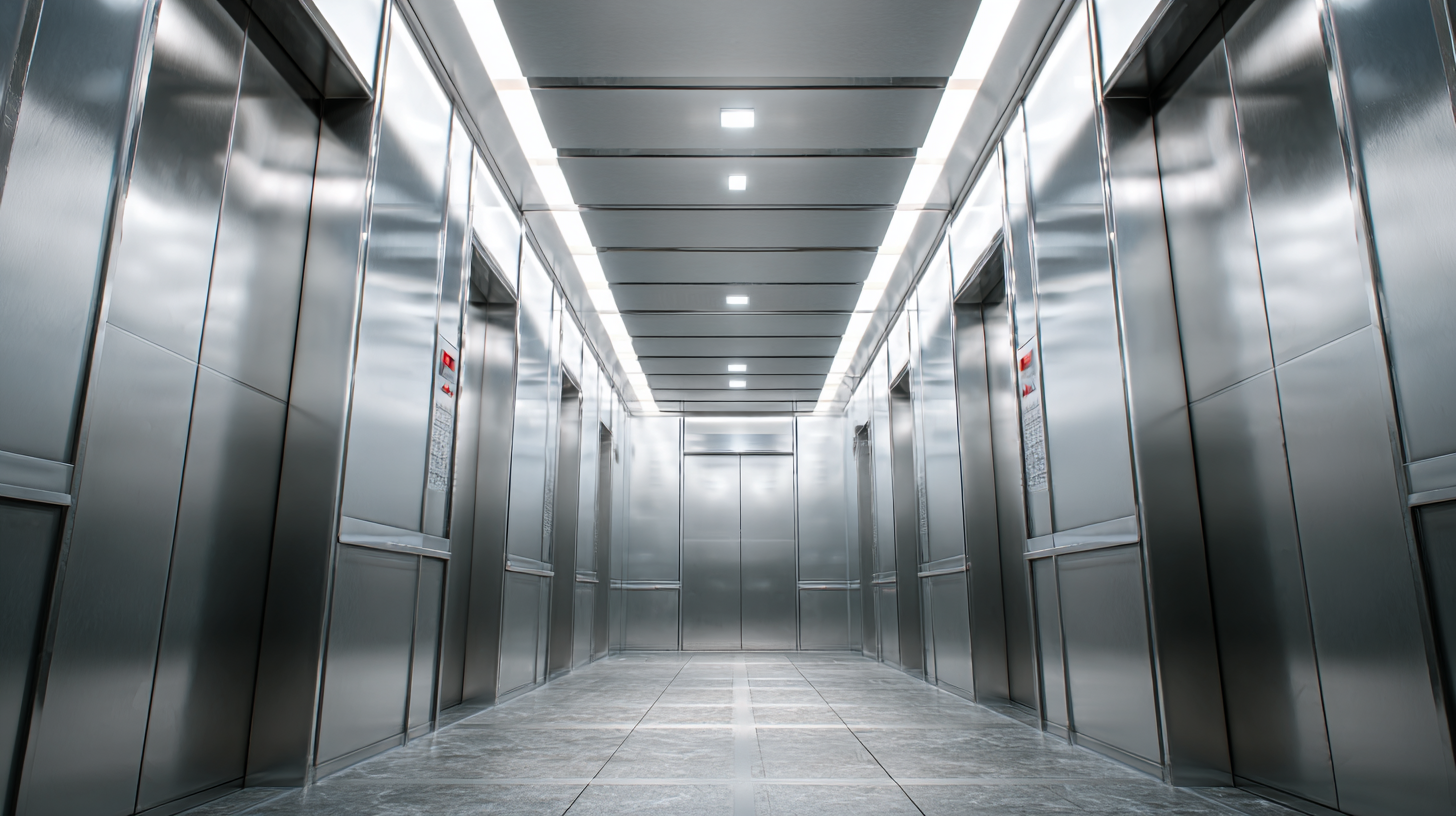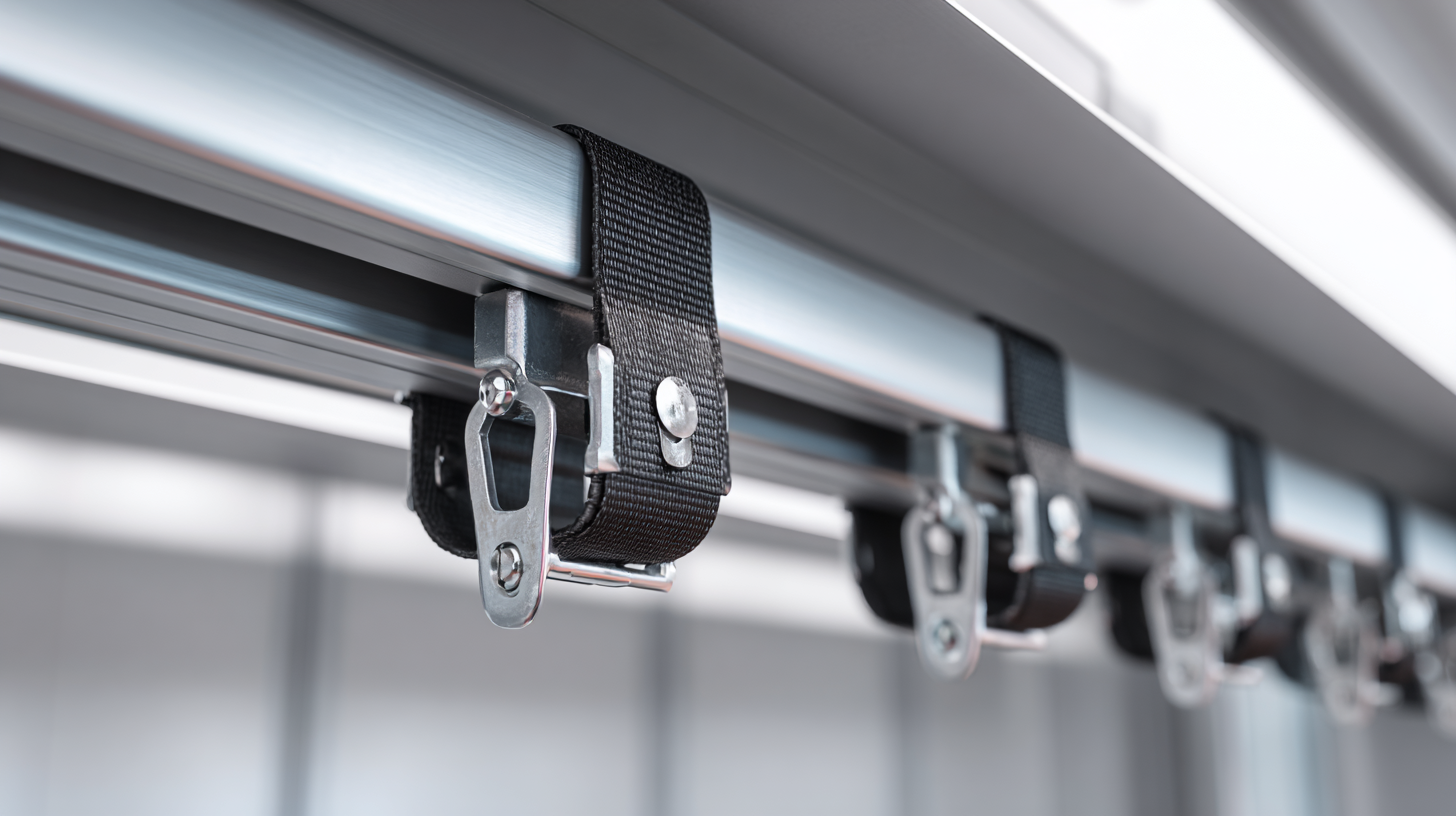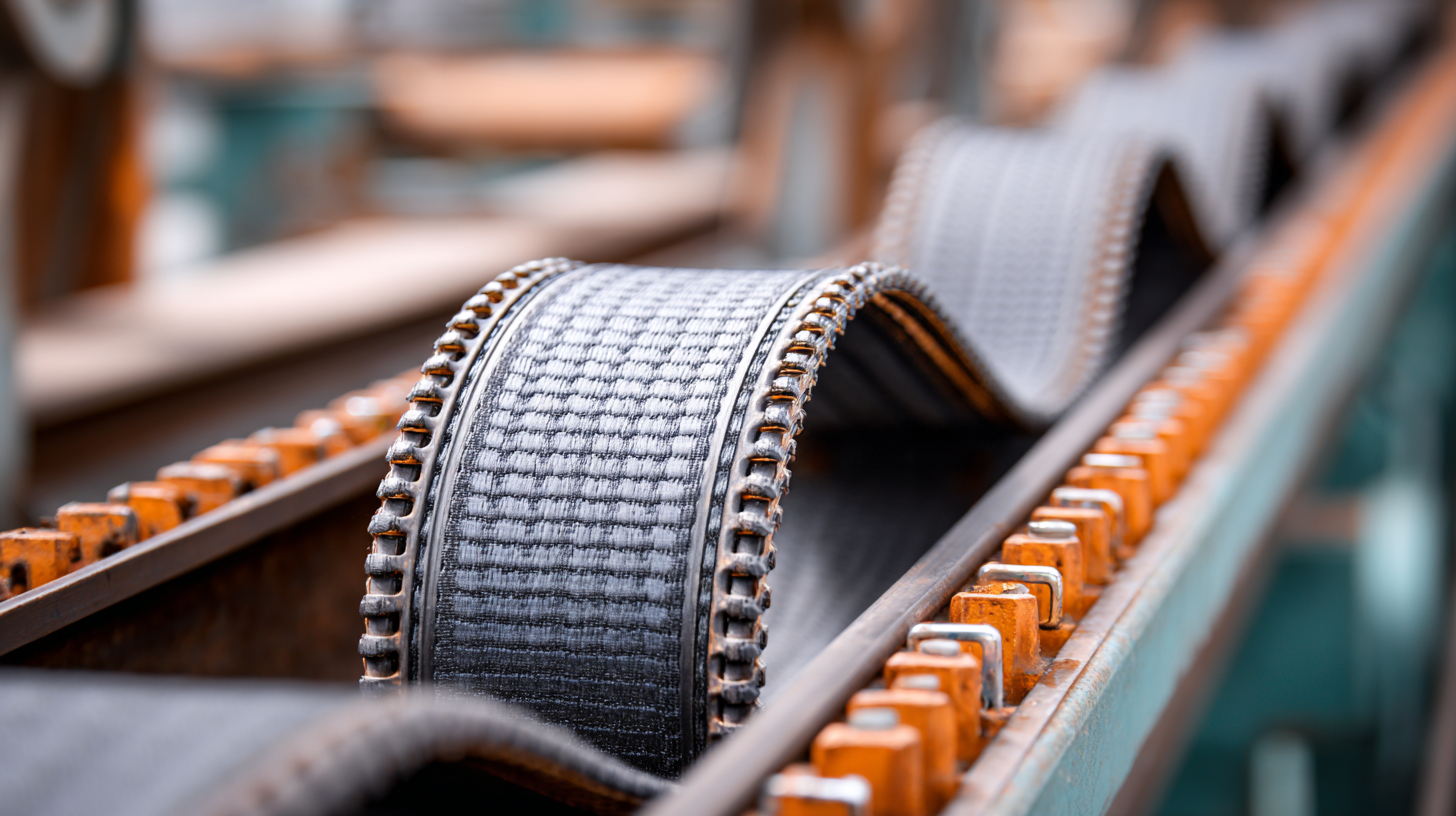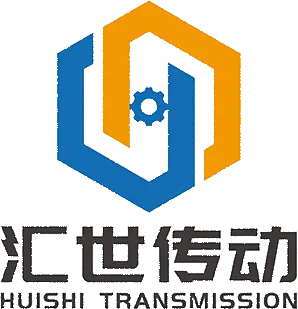 +86-19862000127
+86-19862000127





In the evolving landscape of modern lifting solutions, Elevator Belts have emerged as a pivotal technology, enhancing the efficiency and safety of material handling systems across various industries. According to a recent report by MarketsandMarkets, the global elevator market is projected to reach $132.64 billion by 2027, driven by urbanization and the rising demand for efficient vertical transportation. Elevator Belts play a crucial role in this growth, offering advantages such as increased load capacity, reduced energy consumption, and improved operational reliability. Their adaptable design and ability to handle a wide range of materials make them ideal for applications in manufacturing, warehousing, and logistics. As businesses seek to optimize their operations while adhering to safety and sustainability protocols, understanding the key features and benefits of Elevator Belts becomes essential for leveraging their potential in modern lifting solutions.

Elevator belts play a crucial role in modern lifting solutions by ensuring efficiency and safety in various applications. Understanding the essential components of elevator belts is vital for achieving effective lifting operations. These components typically include high-strength fabrics, durable fasteners, and specialized coatings that provide resistance against wear and tearing. The incorporation of advanced materials not only enhances the structural integrity of the belts but also contributes to a smoother operational process, allowing for more control during lifting tasks.
Recent advancements in motor technology have significantly impacted the performance and efficiency of elevator systems. For instance, the development of permanent magnet motors has enabled elevators to operate with reduced power consumption and lower noise levels. This innovation, combined with the key features of high-quality elevator belts, results in a streamlined lifting process that can handle heavier loads while minimizing environmental impact. As industries continue to evolve, the integration of such components into elevator systems will be essential for staying competitive and meeting modern lifting demands.

Elevator belts are essential components in modern lifting solutions, designed to enhance efficiency in various applications. Different types of elevator belts, including rubber, steel cord, and synthetic belts, offer unique features tailored to specific lifting needs. For instance, rubber belts are often employed in environments requiring flexibility and high wear resistance, while steel cord belts provide superior tensile strength for heavier lifting tasks. According to recent reports, the global elevator belt market is projected to grow significantly as automation becomes more prevalent in warehouses and distribution centers.

In examining their applications, elevator belts play crucial roles in industries such as manufacturing, logistics, and construction. The integration of robotics in these sectors, exemplified by major companies utilizing advanced sorting and lifting systems, necessitates reliable belts that can withstand rigorous operational demands. This equilibrium between technology and physical components underscores the importance of selecting the right elevator belt for specific purposes.
Tips for selecting elevator belts include assessing the load capacity required for your operation and ensuring compatibility with existing machinery. Additionally, consider environmental factors like temperature and humidity, which can affect belt performance over time. Regular maintenance and inspections can further extend the lifespan of these crucial components, ensuring smoother operations.
Elevator belts have emerged as a crucial component in modern machinery, offering numerous benefits that enhance operational efficiencies. According to a report by the Material Handling Industry of America (MHIA), the adoption of advanced elevator systems, including specifically designed belts, can improve material handling efficiency by up to 40%. This is largely due to their ability to optimize the vertical transport of materials, reducing the need for multiple transfer points and minimizing the risk of material spillage or damage.
Furthermore, elevator belts are often engineered with specific materials and designs that ensure durability and longevity. A 2021 study by Market Research Future highlighted that the demand for specialized elevator belts is projected to grow at a CAGR of 5.6% through 2028, primarily due to their enhanced load capacity and resistance to wear and tear. This translates to reduced maintenance costs and increases in uptime, allowing businesses to focus on production without the burden of frequent repairs. With these advantages, utilizing elevator belts becomes an essential strategy for companies aiming to streamline their lifting solutions and improve overall productivity.
Elevator belts are essential components in modern lifting solutions, and their longevity is crucial for smooth and efficient operation. To prolong the life of elevator belts, regular maintenance practices should be implemented. First, it’s important to perform routine visual inspections for any signs of wear and tear, including fraying, cracks, or other damage. Identifying these issues early can prevent further deterioration and costly replacements.
Additionally, proper lubrication is vital for minimizing friction and wear on the belt and associated components. Using the right type of lubricant, as recommended by the manufacturer, will ensure that the belt operates smoothly and efficiently. Furthermore, maintaining the correct tension on the elevator belt is essential. An excessively loose or tight belt can lead to increased wear or functional issues. By adhering to a scheduled maintenance routine that includes these practices, operators can significantly extend the lifespan of elevator belts and enhance overall performance.
| Feature | Description | Benefits | Maintenance Tip |
|---|---|---|---|
| Material Composition | Made from durable synthetic materials that resist wear and tear. | Longer lifespan and reduced replacement costs. | Regularly inspect for signs of fraying or damage. |
| Load Capacity | Designed to handle heavy loads efficiently. | Improved safety and reliability during operation. | Adhere to the manufacturer’s load specifications. |
| Flexibility | Offers excellent flexibility for various lift designs. | Adaptable to both standard and custom elevator systems. | Ensure proper alignment during installation. |
| Noise Reduction | Specially designed to minimize operational noise. | Provides a quieter ride experience for passengers. | Lubricate moving components regularly to reduce friction noise. |
| Environmental Resistance | Resistant to moisture, heat, and chemicals. | Increased durability in varying operating conditions. | Keep belts free from contaminants that can cause damage. |
When it comes to elevator belt usage, adherence to safety standards and regulations is paramount, especially for the mobility-impaired. Recent discussions highlight the concerns surrounding safe evacuations from buildings, emphasizing that existing protocols may not adequately protect individuals with mobility challenges. As elevators often serve as a primary means of access, it's crucial that their design and operation incorporate rigorous safety measures that allow for the safe egress of all occupants during an emergency.
The importance of compliance with safety regulations cannot be overstated. Regulations set forth by authorities not only ensure that elevator belts function smoothly but also that they are equipped with the necessary safety mechanisms to prevent accidents. Proper maintenance, regular inspections, and adherence to updated safety protocols, such as those applicable to scaffolding in construction, help mitigate risks associated with elevator operation. Investing in these standards ultimately promotes a safer environment for all users, enhancing the overall efficacy of modern lifting solutions.



